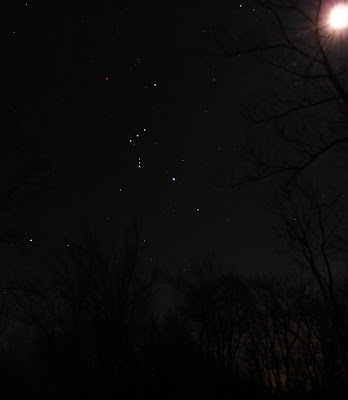Taking rhododendrons' temperature

Rhododendrons at 23 degrees by Sue Pike By Susan Pike Rhododendrons make incredibly accurate living thermometers. When I went for a walk this morning, it felt cold, and I figured it was at least in the teens, but the rhododendron leaves were drooping, not curled. I realized I was being a baby, it had to be warmer than 25 degrees Fahrenheit. Rhododendron leaves respond to the cold, first by drooping and then by curling up - this is called thermonasty. When temperatures are above freezing, typical rhododendron leaves will be flat and oriented horizontally to the ground (presumably to collect as much sunlight as possible). As temperatures drop, the leaves follow suit. When temperatures fall below freezing, the leaves start to droop but remain flat. At 25 degrees F, the leaves start to curl and by 20 degrees F, they are as tightly curled as they can get. The most common native species of rhododendron in New England is great rosebay (Rhododendron maximum...


